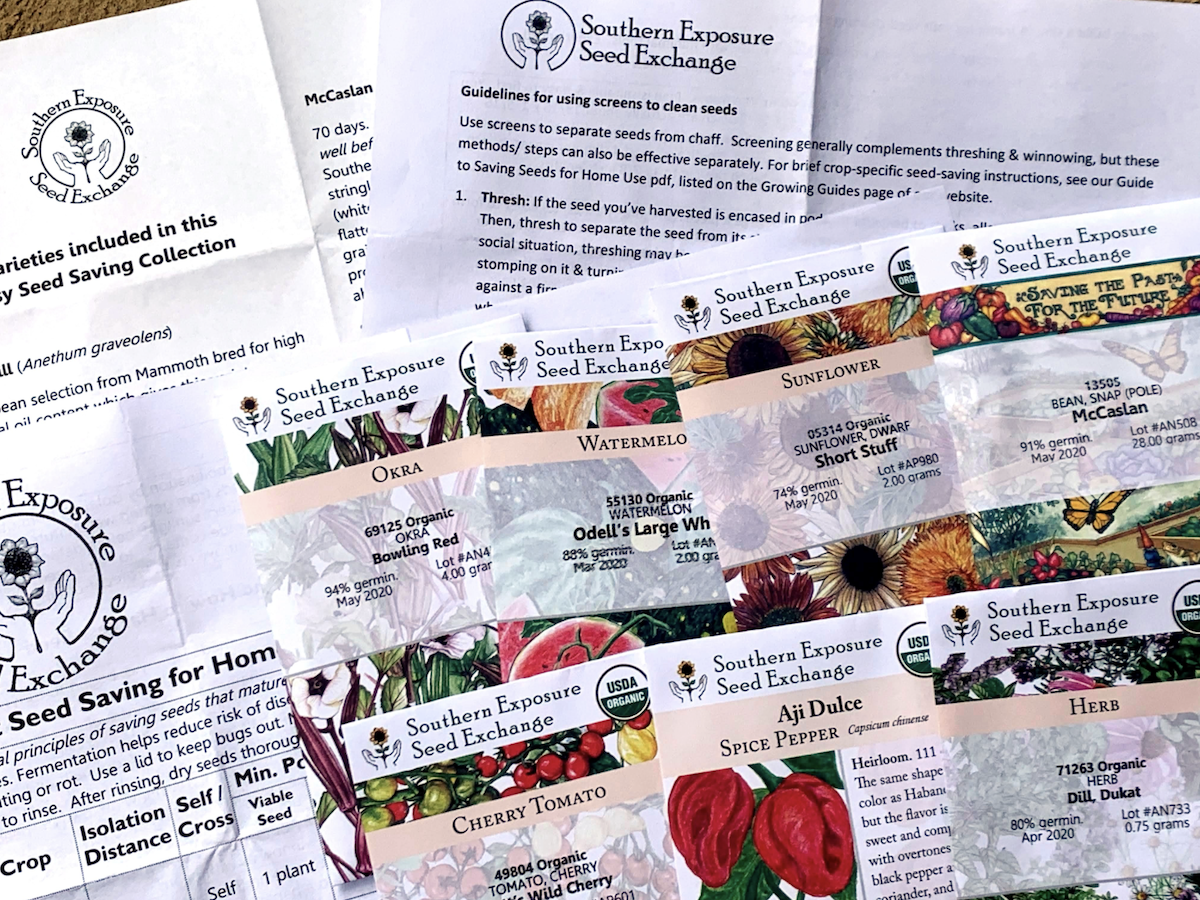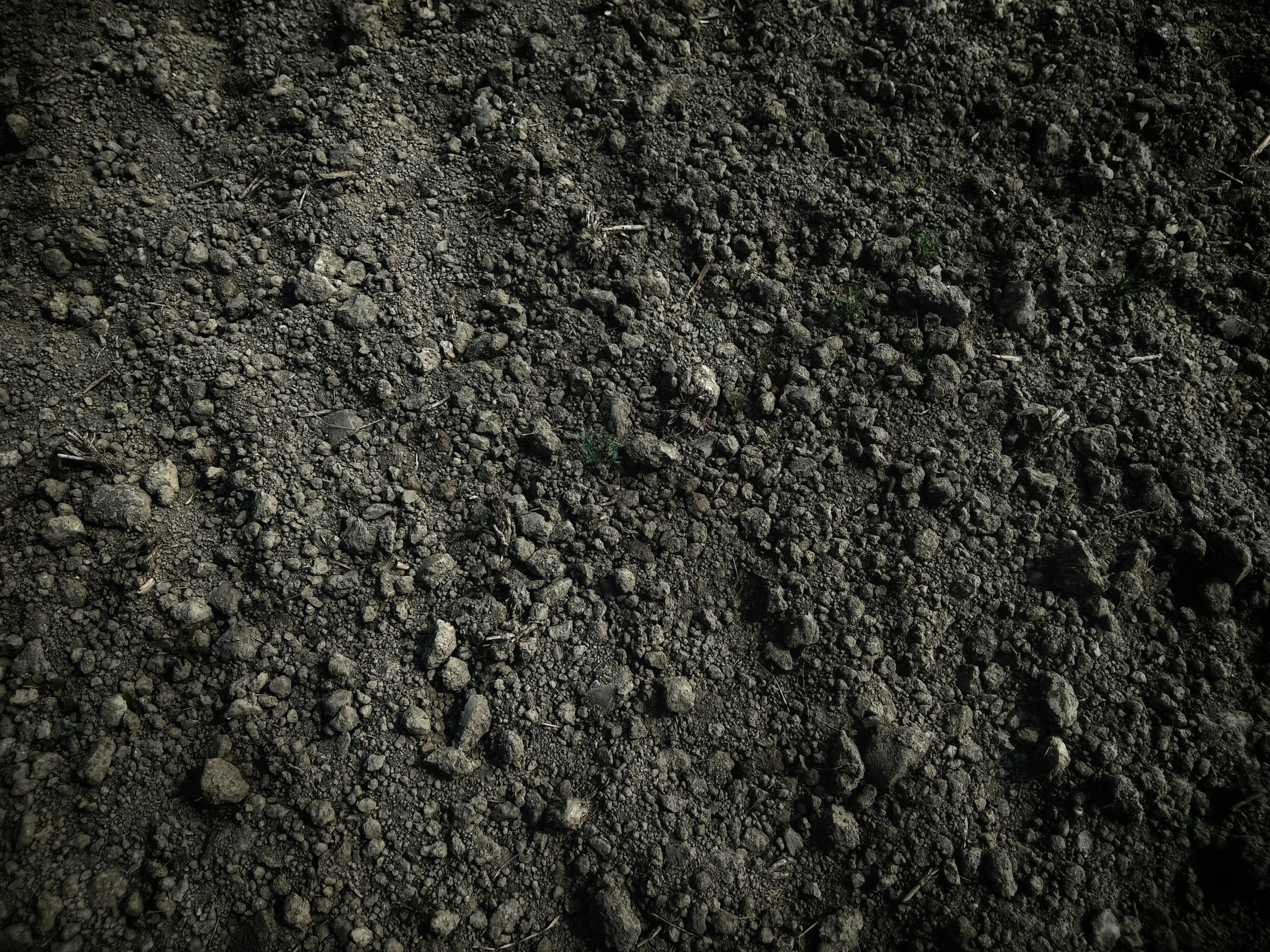5 Essential Winter Garden Activities

Winter isn’t just for checking out the seed catalog! It’s a great time to work on planning and building a healthy, productive garden. Complete these winter gardening tasks for a stress-free planting season come spring.
Plan and Test the Seeds
Don’t throw away those old seeds! The seed does not spoil after a certain day; their germination rate decreases gradually.
Whether you’ve saved last season’s seeds or have leftover seeds from us, it’s time to plan, test, and organize them. How you sort your seeds is up to you, but it’s a good idea to separate them into categories like tomatoes and salad greens, so you know what you have.
Properly storing your seeds is important, as it will affect their shelf life. The best situation is to keep them in a place below 40°F out of sunlight and with low humidity. If you have the space, airtight containers in the freezer are a great option.
For in-depth advice on seed testing, expected shelf life, and proper storage, visit:

Garden plan
“A goal without a plan is just a wish.” ~Antoine de Saint-Exupéry
Flipping through seed catalogs and looking at beautiful garden designs on Instagram is always a fun way to brighten up a winter day. But, to make those dreams a reality, you need to plan for the upcoming season. And the earlier, the better, which is why we included it in this list of winter garden activities.
Crop rotation is key to pest and disease control, so a rough sketch of last year’s plot is a good start. Using your diagram, you can plan the beds for next season, making sure you avoid planting any family of plants (eg Nightshades, alliums, brassicas) in the same area for at least two years.
Once you have the basic layout, you may also want to put together some complementary planting. Gardeners use companion planting to expand space, control pests, attract beneficial insects, provide natural trellises, and more.
Consider planting in succession. It’s a great way to extend the season and avoid drowning and shortages. Think about the seeds you will need for spring planting and any you want to plant in summer for a fall harvest.
Resources:
 Order Seeds
Order Seeds
Now enter everyone’s favorite on the list of winter gardening tasks: ordering seeds.
You have taken your seeds and created a plan for the garden. Now is the time to order whatever you are missing. Getting your order in early ensures you get first pick of your favorite brands.
While browsing a website or flipping through a catalog, be aware of key features. Look for days to maturity, phrases like early, drought resistant, or heat tolerant. You should aim to select varieties that are resistant to pests and diseases that you have dealt with in the past.
Get detailed advice on what to look for when ordering seeds:
 Build Healthy Soil
Build Healthy Soil
A productive garden starts with healthy soil, and winter is a great time to work on building the soil.
Cover crops, and green manures are among the best ways to improve the soil in the winter. They provide nutrients, organic matter, and protect the soil from erosion. Unfortunately, it is too late to plant winter cover crops in many areas. However, it is a good time to think about spring sowing.
One of the easiest, most effective winter garden tools is composting. It’s a great way to add organic matter and fertility to beds in the spring. Just add a few inches of finished compost to the top of each bed.
Gardening can be tricky, especially if we can’t pinpoint the problem. A soil test is the best way to determine what your garden needs and winter is a great time to get it! Soil labs get busy in the spring, so get your samples to them as soon as possible.
Soil texture is one factor you can easily test at home, using a simple pot test. Knowing your soil texture will tell you important things about how your soil absorbs, compacts, and holds nutrients.
Resources:

Prepare the Seed to Start Setting (and start the seed)
If you start seeds at home, you can grow anything you want.
Growing your own seeds at home rather than buying plants means more winter garden chores, but it also means you have access to an amazing array of heirloom vegetables, native wildflowers, medicinal herbs, and more at your fingertips. But you will need their setup.
Although most vegetable garden seeds do not need light to germinate, they do best with some form of supplemental lighting once they begin to grow. You will also need a place to put your seedlings, a good seed starting mix, and containers. You may also want to consider heat mats for heat-loving plants like peppers.
If you’re new to starting seeds, you might be surprised to learn that a lot happens in the winter. We put the seeds in trays weeks before our last frost date. For those in our area, we provide a planting list in the back of our catalog (available as a pdf below). You can also get personalized planting reminders with our garden plan or the Farmer’s Almanac “What to Plant Now” app.
Be aware of species that require cold stratification. You will need to complete some additional steps to get a good germination rate from these.
Resources:
Take advantage of the off season with these five winter garden activities. What do you do in winter in your garden?
Source link



